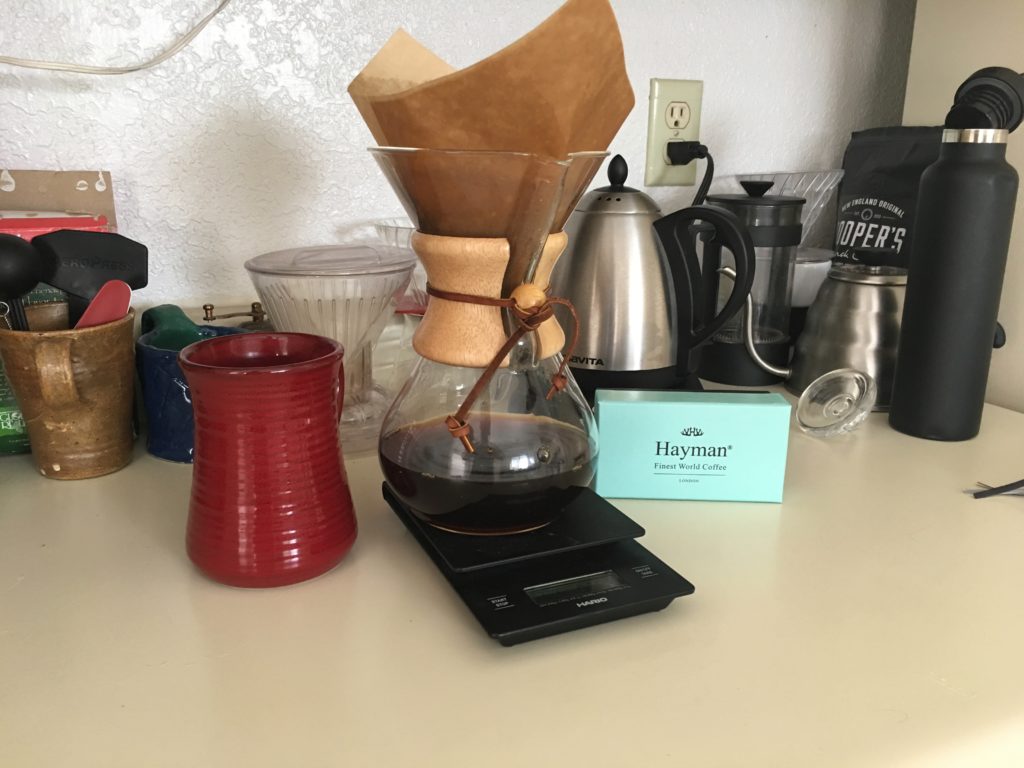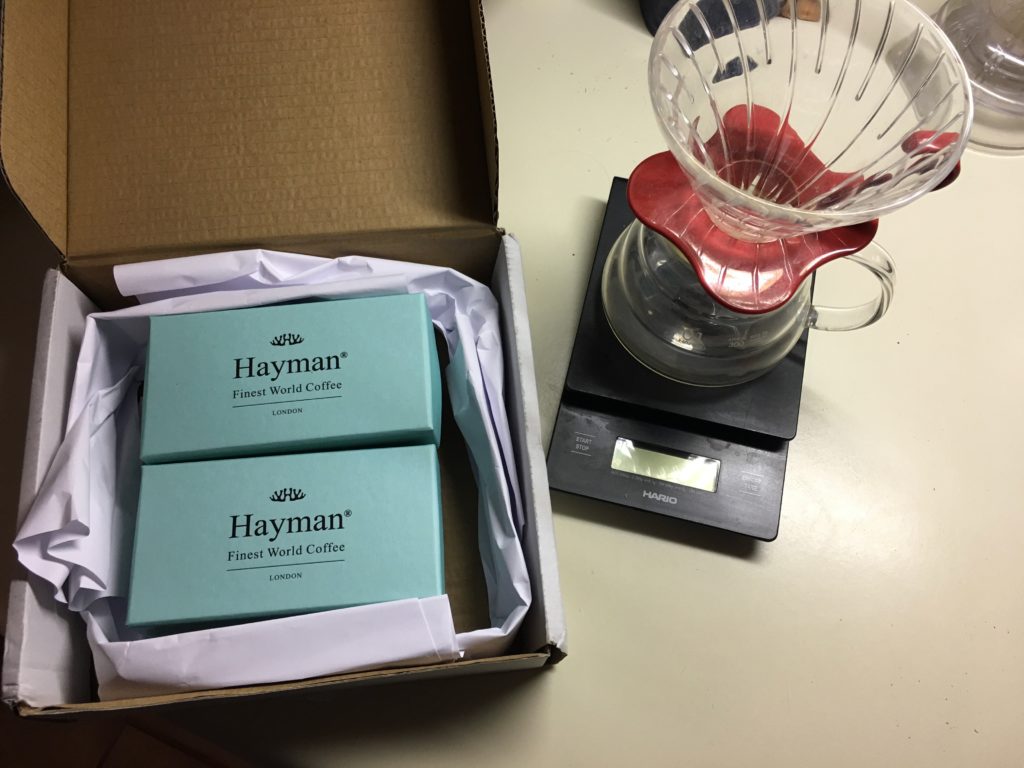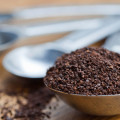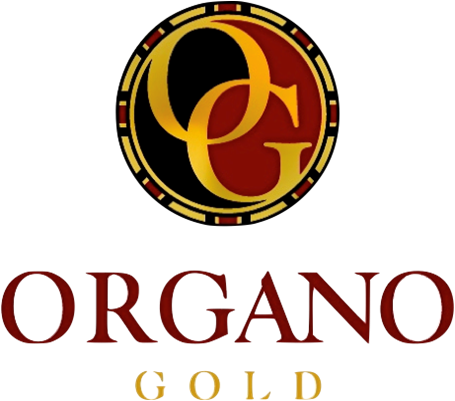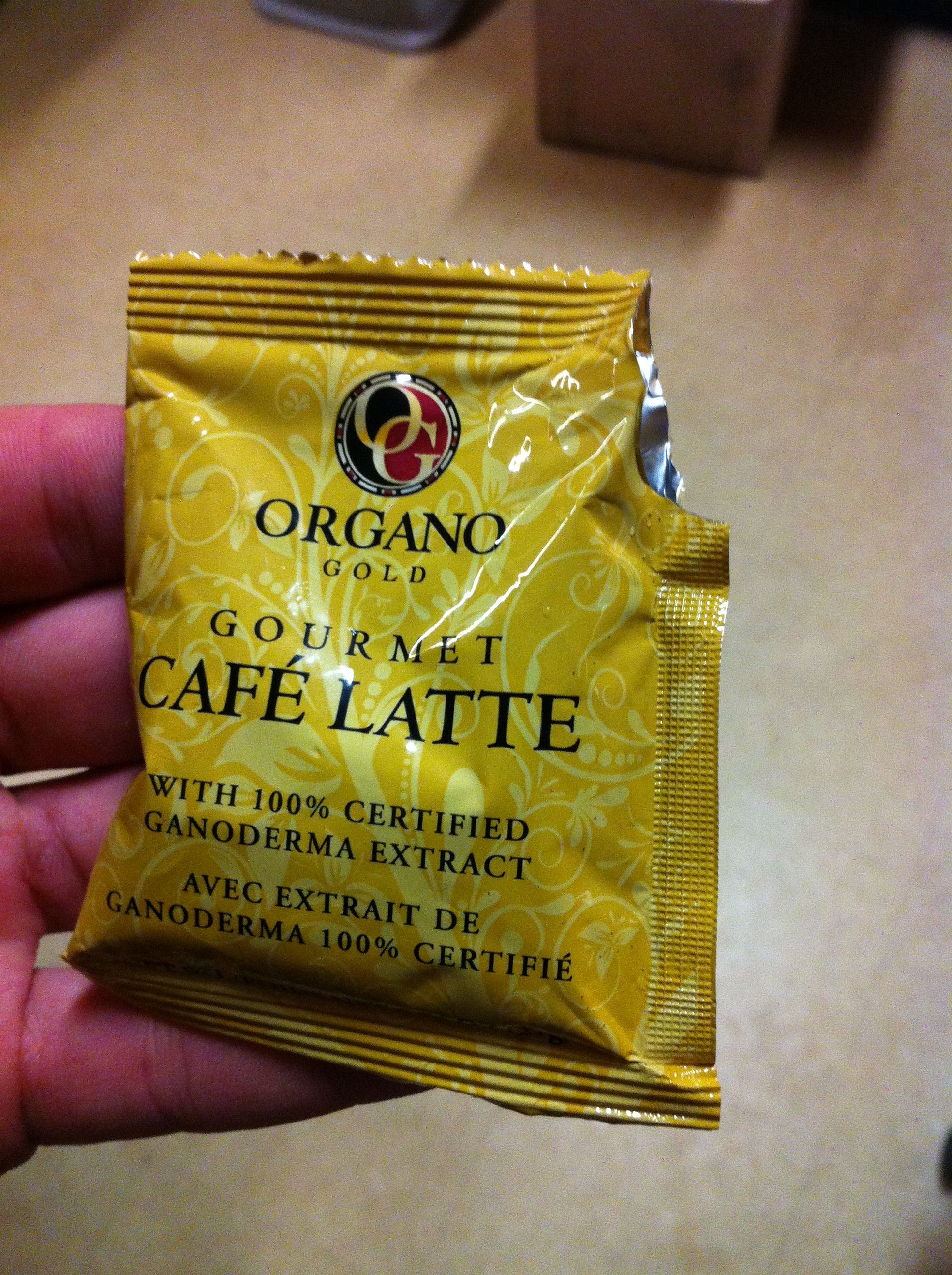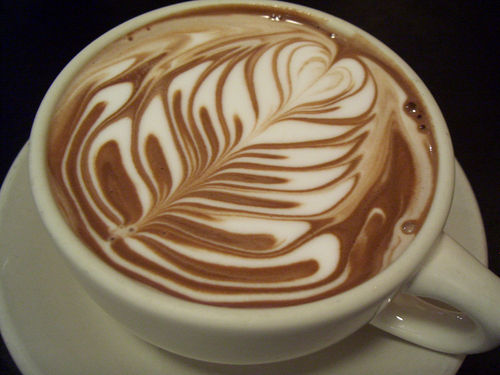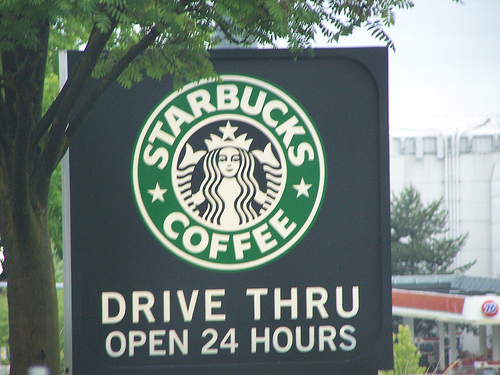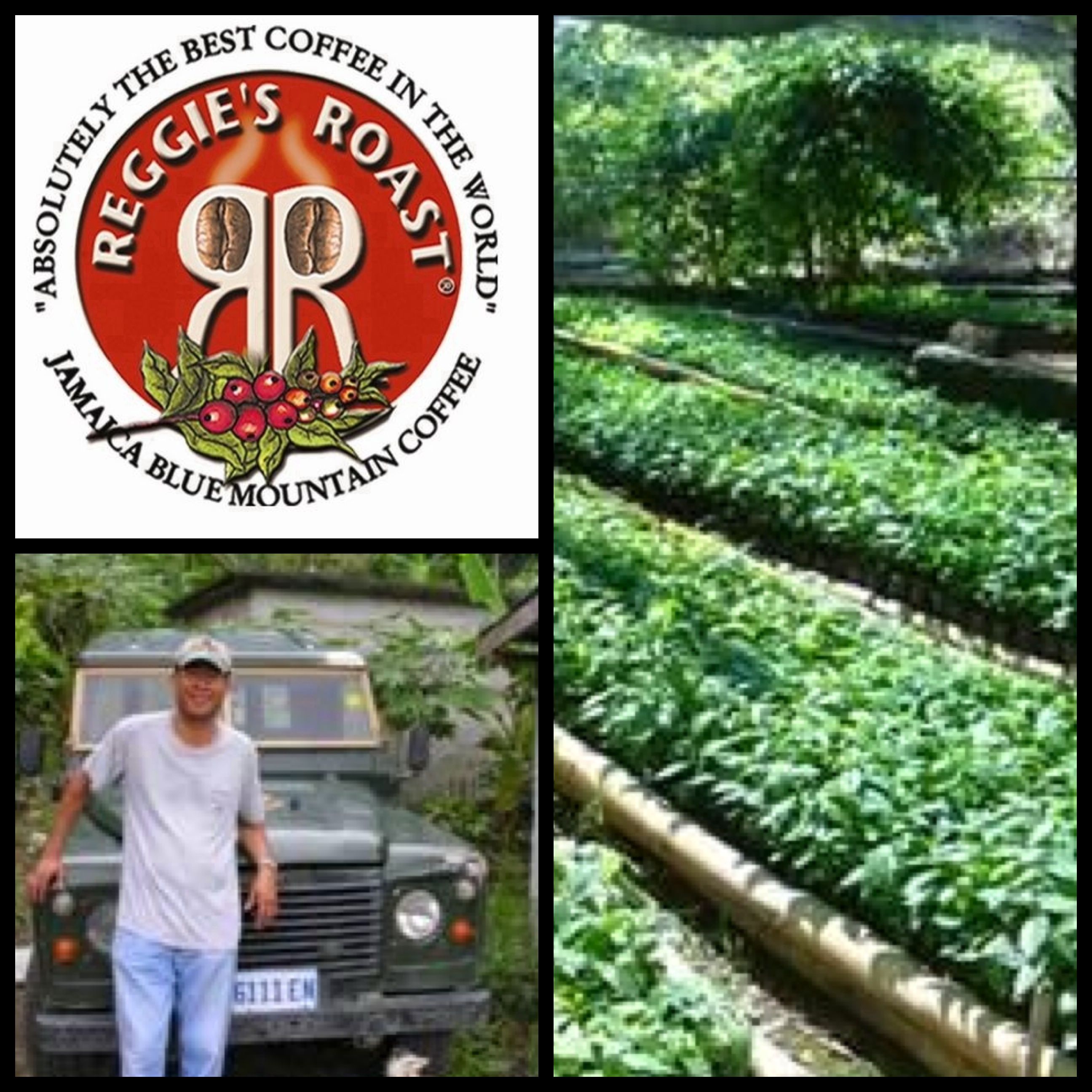Not only did Hayman prove me dead wrong, but they impressed me with an elegance not often found in American specialty coffee.
Hayman Coffee is based in London, England and has been around since 2014. On their website they don’t say a ton about themselves, electing to instead educate customers on what Third Wave Coffee and specialty coffee is, and why that matters. I actually appreciate this; some companies get so caught up in “their story” that they tend to forget how they fit into the larger coffee community. This doesn’t seem to be a problem for Hayman.
Hayman Coffee’s selections are few in number, but great in price. As noted above, they offer just four coffees for purchase. As of the writing of this review, three of these four are available as whole bean, ground, and coffee pods. Notably, their Award-Winning Brazilian is only available in pods. You can purchase their Jamaica, Kona, and Panama Geisha in two sizes: 85g/3oz or 190g/6.7oz. Prices vary by coffee, but generally speaking its $35-$40 for the 85g size, and $50-$60 for the 190g size.
Keep in mind that a standard bag of coffee contains about 12oz, or roughly 340g of beans. A 12oz bag of Stumptown’s Hair Bender costs $15, while a higher-end specialty coffee like Onyx’s El Salvador Finca Santa Rosa Honey is $22.50 for a 12oz bag. You could buy two bags of Onyx beans and pay less money than for one 6.7oz portion of Hayman’s Jamaica Blue Mountain beans. That’s a huge gap, and it means most people wouldn’t be able to afford buying Hayman’s products regularly.
Hayman does score points in the presentation department. The coffees they sent me were packed in nice little boxes complete with cards outlining specifics about each coffee (growing altitude, tasting notes, etc). The coffees themselves were in inflated plastic tubes, likely filled with nitrogen (as this helps coffee stay fresh longer). I really enjoyed the elegant presentation, and it helped establish the kind of company Hayman is in my mind.
Hayman set a high bar for themselves to live up to; a premium look and price better come with a premium product. So how does their coffee taste?
I was sent Hayman’s Hawaii Kona and Jamaica Blue Mountain for this review, and in my tests both coffees completely lived up to the specialty standard. With that being said, they were not the kind of coffees that I would pay $60 for. I enjoyed both coffees, but I likely won’t be purchasing more for my weekly habit.
I brewed both coffees using a variety of methods, but focused mostly on the Hario v60, Chemex, and Clever. Here’s the breakdown:
Hawaii Kona
Elevation: 550-700m
Processing: Wet
Acidity: Low/Med
Aroma Notes: Sweet, smooth, balanced.
Tasting Notes: Cereal; Malt, Cocoa; Chocolate, Nutty; Almond.
Review: Because of previous experiences with Hawaiian coffees not living up to the hype, I expected to hate this coffee. I liked it. I didn’t love it, but I liked it. It had the earthy, buttery, and chocolatey notes that I would expect from an island coffee, but it also had some muddy malt notes that weren’t as pleasant. It’s a washed coffee, so any more exotic flavors were probably muted in processing – still, it’s a balanced cup with low/medium acidity that’s pleasant to sip on.
Jamaica Blue Mountain
Elevation: 900-1700m
Processing: Wet
Acidity: Med/High
Aroma Notes: Sweet, nutty
Tasting Notes: Nutty; Hazelnut/Walnut, Brown Spice; Clove
Review: This was a delicious coffee. It had pleasant acidity, and while there were no fruit/berry notes, the acidity worked well with more nutty/brown spice flavors. Brewing in the Hario v60 brought out some really interesting light floral notes which were especially noticeable closer to the roasting date. I preferred a 1:16.5 brew ratio to get great clarity out of this coffee.
Purchase Link for Jamaica Blue Mountain
Both of these coffees are from well known islands that have adapted over time to meet tourist demands for coffee. Today, you can find both Kona beans and Jamaican beans that run the gambit from terrible to absolutely incredible. I’m happy to say that the beans Hayman sent me are closer to the “incredible” side of that spectrum.
Of the two coffees I tried I much preferred the Jamaica Blue Mountain. As a fan of higher acidity, this coffee spoke my love language. It had some subtle floral notes every once in a while, but was dominated primarily by a beautiful mix of nut and sweet spice flavors. This coffee was delicious in both the Clever and Hario v60, but I only ever experienced floral notes when brewing with the v60.
The Hawaii Kona coffee was good, but it wasn’t great. It did completely exceed my expectations, however, and for that I was happy. With deeper, chocolate flavors to compliment smooth, balanced aromatics, I was never disappointed when brewing this coffee. I preferred this in a Clever – letting the beans steep a little gave some complexity to otherwise flatter flavors.
Time-lapse of brewing with my Hario v60.
There’s no doubt that Hayman sells quality specialty coffee. The beans spoke for themselves – I enjoyed every cup I brewed. They’ve also nailed presentation: their packaging was pristine and their brand just gives off a premium vibe. Where they fail, however, is with the price.
I don’t have any insights as to what kind of profit Hayman makes on their coffee – I know that great beans from Hawaii and Jamaica can’t be cheap to import, and I imagine that’s one factor for raising the price. Still, charging $60 for 190g of coffee is just too much for too little. If I’m the type of person who would pay a premium for great beans (and I am), I’d much rather purchase a couple bags of 12oz beans for $40-$50.
I recommend trying Hayman Coffee if – and only if – you have some extra money to burn. They roast and sell high quality coffee that I really enjoyed drinking. I think you’ll like it too, even if your wallet doesn’t.
Colin

